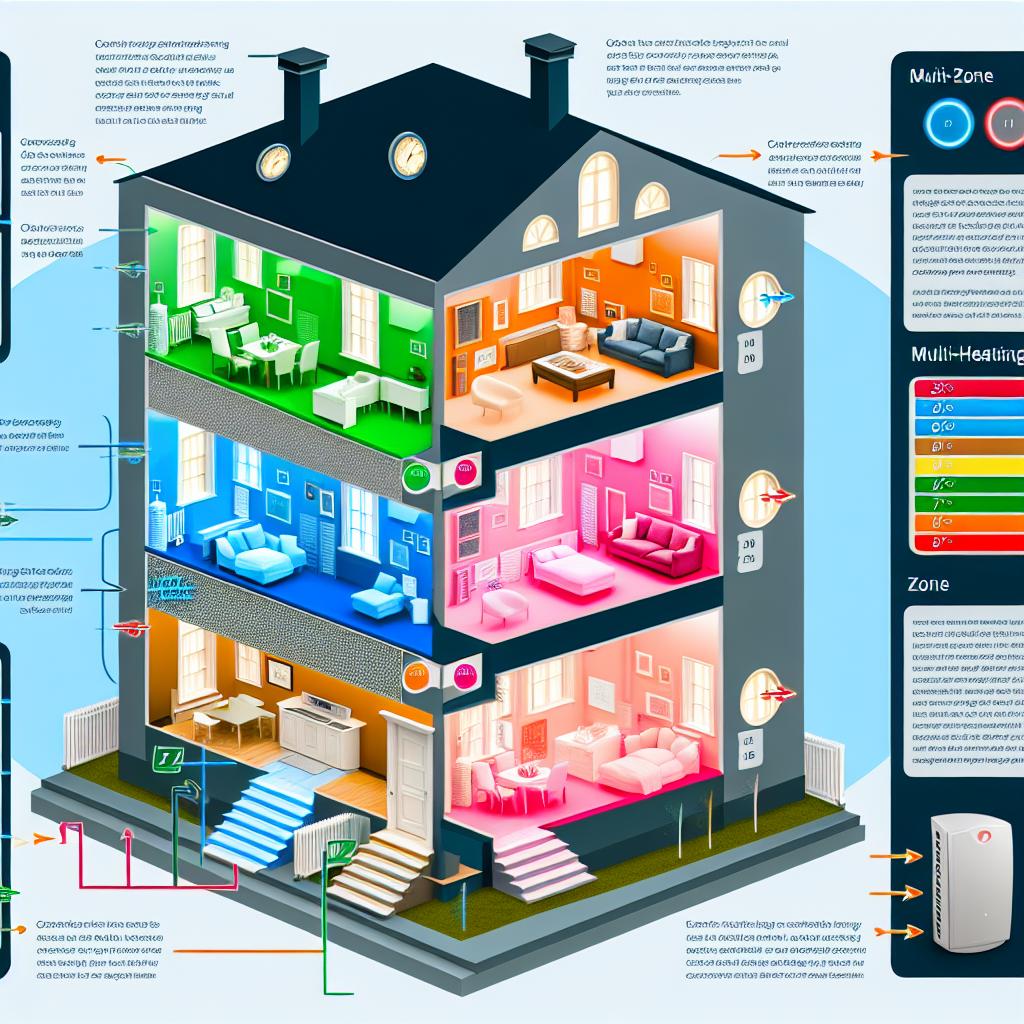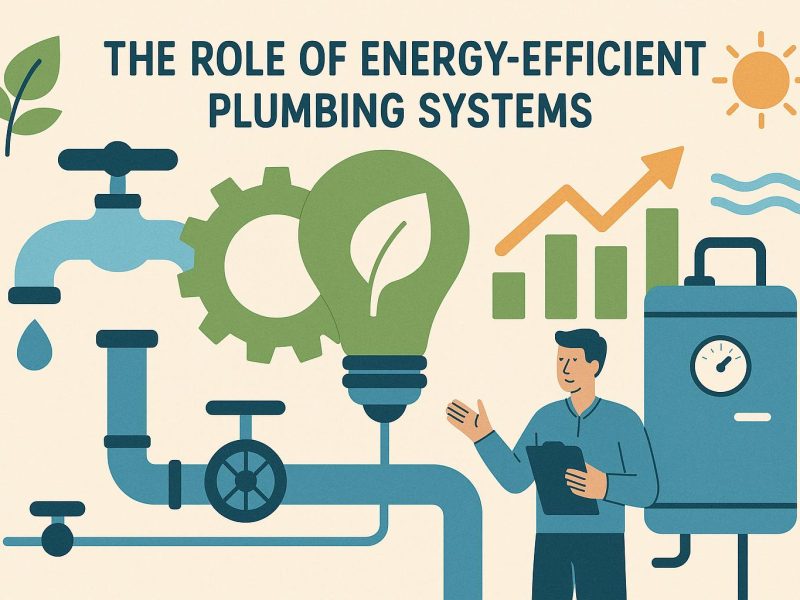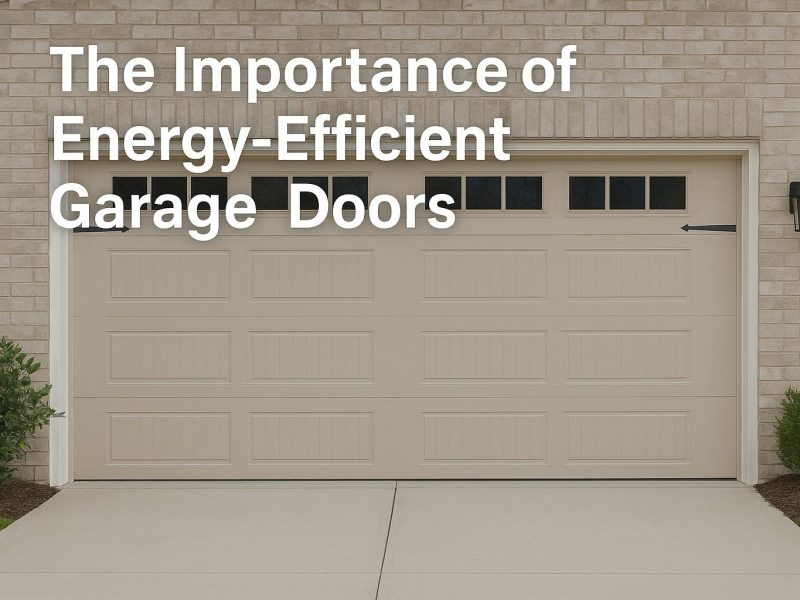Understanding Multi-Zone Heating and Cooling Systems
Multi-zone heating and cooling systems represent a significant advancement in HVAC technology, allowing for improved temperature management across a building. These systems surpass the effectiveness of traditional, single-zone systems by offering detailed control that enhances both the comfort and energy efficiency of any structure.
Enhanced Comfort Levels
The core advantage of multi-zone heating and cooling systems lies in their ability to provide customized comfort. Unlike traditional systems, which often fail to maintain a consistent temperature across a building, multi-zone systems allow for individualized climate control in different areas, or zones. This flexibility resolves the common issue of inconsistent indoor temperatures which traditional systems often experience. Consequently, each zone can be adjusted to a specific temperature, reflecting the particular needs and preferences of its occupants. For instance, in a large residence, one family member may prefer a cooler temperature in their bedroom, while another might prefer it warmer in a different part of the house. This capability to target specific zones ensures optimal comfort for all occupants, regardless of their individual preferences.
Energy Efficiency Measures
The implementation of multi-zone heating and cooling systems also signifies a move toward greater energy efficiency. These systems focus heating and cooling efforts only on areas that are occupied or need them, which effectively decreases energy consumption and utility bills. This zoning capability drastically reduces energy wastage—a common issue associated with traditional systems that heat or cool an entire building, regardless of the area usage. Moreover, by operating only in necessary zones, multi-zone systems place less stress on HVAC components, aiding in prolonging their operational lifespan and reducing the need for frequent repairs. On a broader scale, the reduction in energy usage contributes to environmental sustainability and aligns with environmental sustainability goals by lowering the collective carbon footprint.
Advanced Control Features
The integration of sophisticated smart technology underscores the enhanced control offered by multi-zone systems. Users are afforded the ability to manage the temperature in each zone through remote devices like smartphones or tablets. This remote accessibility not only augments user convenience but also fosters significant energy savings. Smart thermostats, which are typically a part of these systems, offer features such as programmable schedules and detailed energy consumption reports. These features enable users to fine-tune their heating and cooling strategies, resulting in optimized indoor climate control and further reduced energy expenditures.
Maintenance Advantages
When it comes to maintenance, the multi-zone setup provides considerable benefits. The independent operation of each zone translates into simpler and more efficient troubleshooting. If a problem arises in a specific zone, it can often be diagnosed and resolved without affecting the entire system. This localized approach minimizes disruption and ensures that the system remains functional even during minor malfunctions. By isolating and addressing issues quickly, overall maintenance becomes more manageable and less intrusive compared to traditional systems, where a single fault could necessitate a complete system shut-down.
Mitigating Wear and Tear
An additional benefit of these systems is their capability to mitigate wear and tear on HVAC equipment. Since multi-zone systems typically operate at lower capacities and only engage the necessary zones, the components within the system are subjected to less operational stress. This reduced strain leads to fewer breakdowns and contributes to a longer lifespan for the entire system. Such efficiency ensures that the system remains reliable over a more extended period, making regular maintenance by professionals itself a more straightforward affair.
Conclusion
To conclude, multi-zone heating and cooling systems offer manifold benefits that enhance comfort levels, maximize energy efficiency, and provide comprehensive control over indoor climates. These systems stand at the forefront of modern HVAC solutions, providing a versatile and resource-efficient alternative to traditional systems. For both residential and commercial establishments, the adoption of multi-zone systems represents a strategic investment, promising not only financial savings and improved comfort but also a positive step towards environmental stewardship. By minimizing energy consumption and reducing environmental impact, such systems provide a compelling option for those looking to advance their heating and cooling infrastructures.



